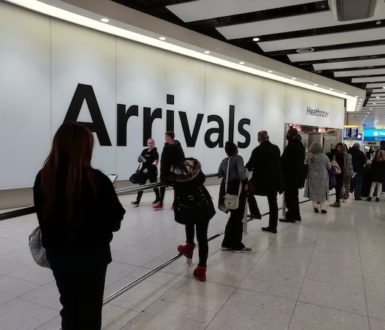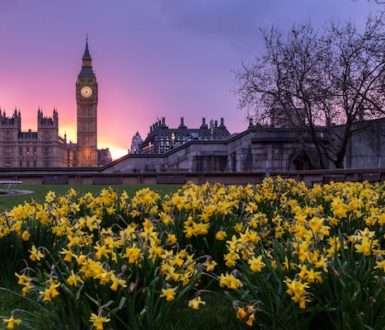Exploring why the UK left the EU

Brexit: a topic that is confusing and controversial even now, 6 years later. It’s easy to forget how it started. But back in 2016 – as a result of right-wing political pressure – there was a referendum that asked the people of the UK if they wanted to leave the European Union (EU). Overall, 52% voted to leave and 48% voted to stay (remain). This became known as Brexit (Britain Exit).
Nearly three-quarters (72%) of people took part in the referendum, one of the highest proportions ever for the UK. In England, 53% chose to leave and 47% chose to remain, although there were noticable differences by region. For example, in London, nearly all boroughs voted to remain. It was different in Wales where a small majority voted to leave (52.5% vs 47.5%). In Scotland, a bigger majority voted to remain (38% vs 62%), with similar results in Northern Ireland (44% vs 56%).
In general, the people who wanted to stay liked the easy system of trade, study and cooperation that the EU provided. The people who wanted to leave had a variety of reasons. One reason was feeling that EU immigration was too high, other reasons were feeling that too much money and power was going to the EU. It was also possibly an anti-establishment vote by people (particularly among the working class) who felt they had been forgotten by those in power.
The referendum result put Parliament in a difficult situation. Most MPs personally wanted to stay in the EU, but they represented people who did not want to stay. The idea of a second referendum was tempting. But would it be democratic to ask the question again? And would the result be different?
These issues help explain why there were so many arguments – and not just in parliament. There was also anger within families and between friends with different opinions. It was a difficult subject to talk about. Labour MP Jo Cox was killed a week before the 2016 referendum by someone who objected to her support of Europe.
The 2019 General Election helped to make the situation more clear and calm* – and also made Brexit inevitable. In the UK, there are 2 main political parties: the right-wing Conservative Party and the left-wing Labour party. In 2019, the Conservative party promised to ‘Get Brexit Done’ and take Britain out of the EU as soon as possible. The Labour party offered a second referendum.
The Conservative party won the election with a large majority. Many areas with a Labour MP suddenly got a Conservative MP instead. This was a surprise, but one reason was that many who had voted to leave the EU felt their Labour MP had let them down (because Britain was originally supposed to leave the EU in March 2018). Meanwhile, many people who had voted to stay in the EU also voted Conservative – because they felt that the result of the referendum had to be respected, even if they didn’t like it. A typical quote was “it’s got to be carried through whether I agree with it or not”.
Britain finally left the EU on December 31, 2020.
*The 2019 General Election made the situation more clear and calm in terms of Brexit, but it created questions about whether Scotland and/or Northern Ireland will stay part of the UK. In Scotland, most people voted for the Scottish Nationalist Party – which wants to make Scotland independent and possibly rejoin the EU. Meanwhile, Northern Ireland now has different transport rules with the EU compared to the rest of Britain because it has a border with the Republic of Ireland (which is in the EU).
Image: Think Design Manage/Dreamstime



